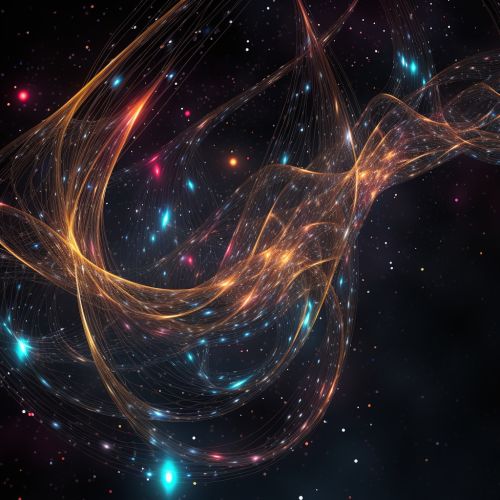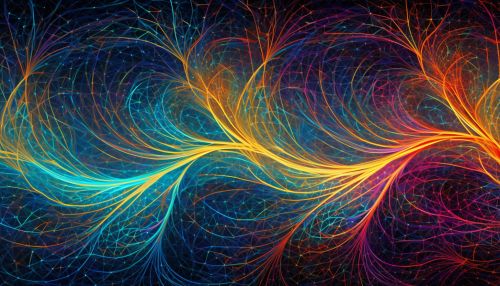Recurrent Neural Network
Introduction
A Recurrent Neural Network (RNN) is a type of artificial neural network that is designed to recognize patterns in sequences of data, such as text, genomes, handwriting, or spoken word. Unlike traditional neural networks which process inputs independently, RNNs have loops, allowing information to persist and be passed from one step in the sequence to the next. This makes them particularly well suited to tasks involving sequential data.


Architecture
The architecture of an RNN is designed to effectively use historical information to influence future outputs. Each neuron or node in the network has a temporal dimension, meaning it has a form of memory. This allows the network to use information from previous steps in the sequence to influence the current output. This is achieved through the use of loops within the network, where the output from a given neuron can be used as input for the next step in the sequence.
The architecture of an RNN is fundamentally different from that of a traditional feedforward neural network, which lacks these loops. In a feedforward network, information only moves in one direction, from the input layer, through any hidden layers, to the output layer. There is no concept of sequence or time. This makes feedforward networks less suitable for tasks involving sequential data.
Training
Training a Recurrent Neural Network involves adjusting the weights of the network to minimize a loss function, similar to how other neural networks are trained. This is typically done using a variant of the backpropagation algorithm known as backpropagation through time (BPTT). BPTT works by unrolling the entire sequence, applying the standard backpropagation algorithm, and then rolling the sequence back up.
One of the main challenges with training RNNs is the problem of long-term dependencies. This refers to the difficulty RNNs have in connecting information from earlier in the sequence with later parts of the sequence. This problem arises due to the vanishing and exploding gradients problem, where the gradients of the loss function can become either too small or too large, making the network difficult to train.
Applications
Recurrent Neural Networks have a wide range of applications, particularly in fields where sequential data is common. They are often used in natural language processing tasks, such as language modeling, machine translation, and speech recognition. They can also be used in time series prediction tasks, such as stock price prediction or weather forecasting.
In addition to these applications, RNNs have also been used in the field of music generation, where they can be trained on a dataset of melodies and then generate new melodies that follow the same patterns. They can also be used in handwriting recognition, where they can be trained to recognize handwritten text.
Variants
There are several variants of the Recurrent Neural Network that have been developed to address some of the shortcomings of the basic RNN model. These include the Long Short-Term Memory (LSTM) network and the Gated Recurrent Unit (GRU).
The LSTM network is a type of RNN that is designed to remember long-term dependencies in sequence data. It achieves this through the use of a more complex cell structure that includes an input gate, an output gate, and a forget gate. These gates control the flow of information into, out of, and within the cell, allowing the network to maintain a form of long-term memory.
The GRU is another variant of the RNN that also aims to solve the long-term dependency problem. It is similar to the LSTM, but has a simpler structure, combining the input gate and forget gate into a single update gate.
